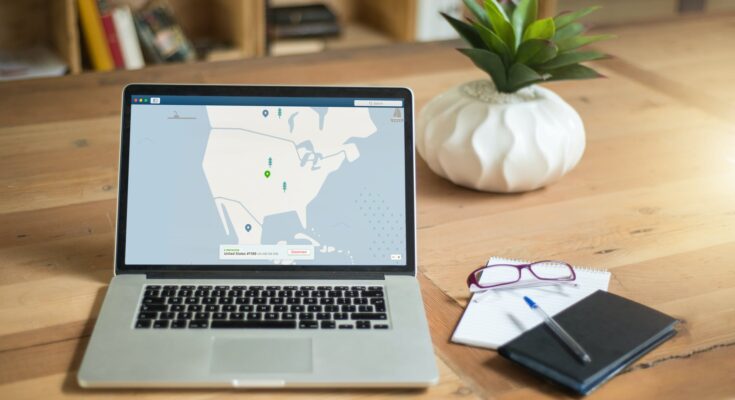Estimated reading time: 5 minutes
Introduction
The use of VPNs is a need for maintaining online anonymity, but having to keep your devices connected and disconnected can be annoying. An easier method exists. Your entire wireless network can be secured by joining your router to a VPN if you wish to hide your traffic from governments, internet service providers (ISPs), and other parties who may be monitoring it.
There are many services that offer good quality Free router VPN. A reliable VPN service provider will be available to assist you in configuring a router VPN solution to secure your traffic, whether you are a network specialist or have no idea what a router looks like.
Do All Routers Support VPNs?
A VPN router is set up to do all the labor-intensive tasks that the VPN software would otherwise perform. You’ll have to configure the router using a different device, usually a computer since there isn’t a user interface on the router.
All connected devices will enjoy the advantages of a secure VPN connection once a router is set up with one. You can benefit from this even on devices that typically do not allow VPN connections. This is the method to use if you wish to unblock any regional content on your smart TV.
Consulting the router’s documentation is the simplest approach to determine whether your router supports VPN. You will immediately notice a section devoted to the VPN configuration if it comes pre-configured to support it.
That’s not impossible to accomplish, even if the router’s handbook is mute on the subject. With custom firmware, you can probably set up and operate VPN settings.
The likelihood is that you won’t be able to use a router that you rent from your ISP as a VPN client because they operate several backdoors to allow their customer support to troubleshoot your Internet issues remotely.
Should I Install a VPN On The Router Or On My Devices?
VPN routers can be used for a variety of security and convenience purposes. It enables you to join a VPN service with your data-related devices, including computers, tablets, smartphones, and more. Because a VPN client does not need to be installed on every device, it is convenient. Additionally, VPN routers offer the right level of protection for commercial communications while reasonably priced.
A VPN on a device provides businesses with sufficient security and cost-saving benefits. A VPN on a device delivers a private, encrypted Internet connection in addition to IP address hiding. For a monthly fee based on the services, many businesses provide access to VPN software and apps. Numerous private and encrypted networks with various global locations (IP addresses) can be offered by a VPN app. Almost 31% of the world’s population uses VPN. Your personal or professional needs will influence how you select a VPN equipment provider.
How Do I Install a VPN On Router?
1. Choose A VPN Service.
You will need to select your VPN provider first. You can disregard information like the maximum number of connections accessible if you’re planning to set it up on a router and concentrate on support. Some of them support numerous router models, offer setup instructions that are simple to follow, and include router apps. Don’t compromise on your provider’s standing or extra features. You should confirm that your service provider will genuinely keep you protected.
2. Log Into Your Router
It’s time to log into your router and configure it. For the necessary adjustments to be made in order to establish a VPN on your router, you must acquire access using your product manual or service provider. The majority of routers require you to log in first by typing their IP address into the search bar of your browser.
3. Download The Configuration File
The configuration file will need to be downloaded from your VPN provider next. In order to supply your router with all the information it needs regarding the server it is connecting to, your service provider will use this file. The VPN configuration file you want to use depends on the server and protocol you want to utilize.
4. Configure Your Router
Sending the configuration file you downloaded to your router is necessary to finish the setup. During the VPN setup, your account credentials will also be required. Typically, this consists only of your login and password; however, occasionally, your VPN service may generate it for you.
Conclusion
The process of connecting a VPN to a router is a little more difficult than one may anticipate. Since there are so many different service providers engaged in this process, switching back and forth between platforms is unavoidable in the vain expectation that everything will somehow magically sync together. However, if you adhere to the procedure and pay close attention to the instructions, you may considerably increase your network security, which is definitely worth the effort.
Share this content:



